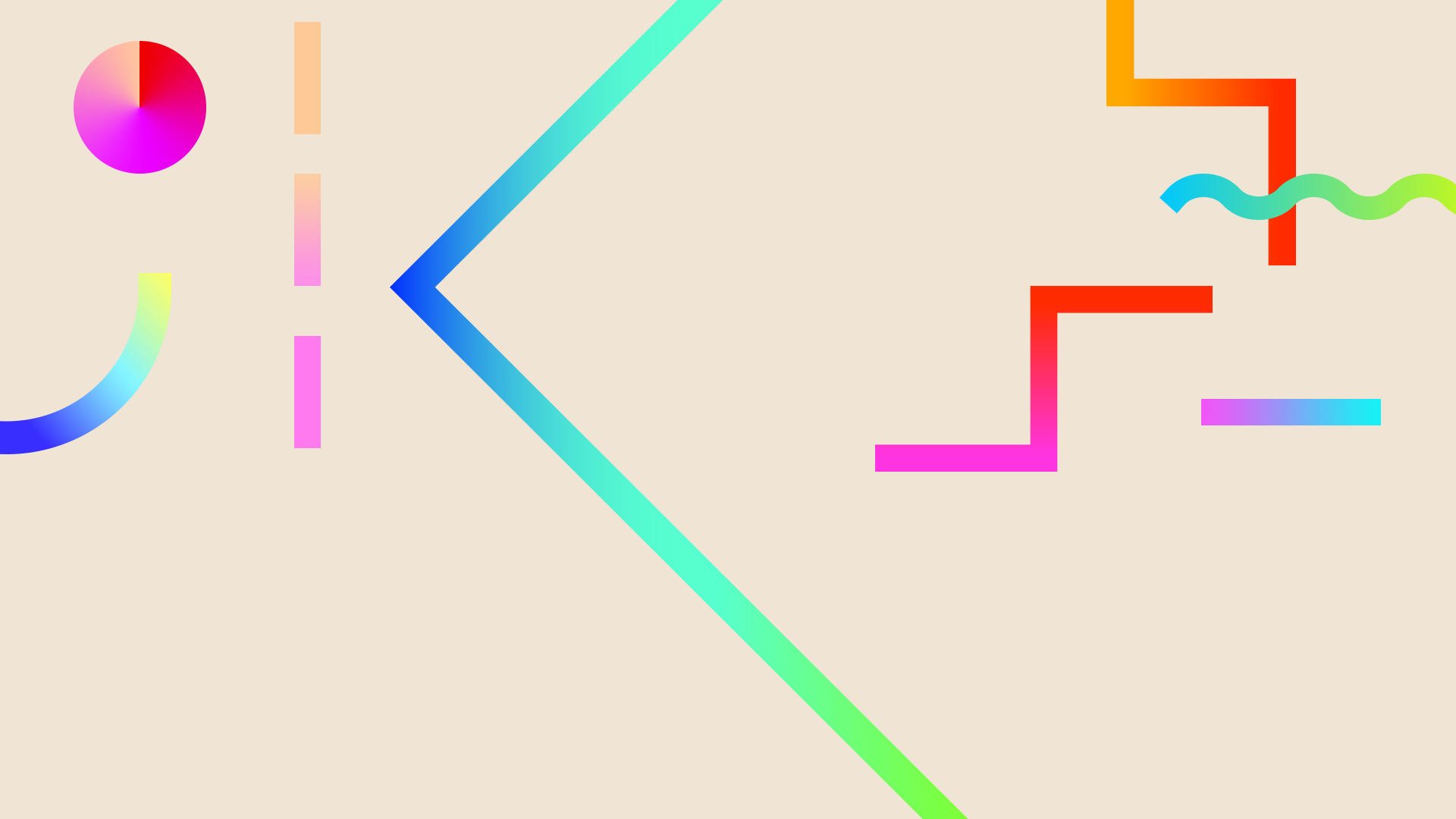Check out this home-made art therapy resource. Helpful as a starting point and icebreaker for therapeutic sessions with children. I’ve been finding it very useful in my online work with the young people. It helps to break the ice in those initial sessions whilst offering a playful way to get to know each other and start conversations.

It was very easy to make and it gave me lots of fun getting out some of my creativity too. You can make it out of cardboard paper in different colours. There is the option of making one or two sets of cards with open questions. I’ve decided to make two - one for the child and one for me, the therapist. I also made a container in the shape of an open envelop with the strip 'Me' wrapping it from bottom up to hold the cards. I can easily slide the strip to the side to get my cards out and it works fine to keep them tide when not in use.
For my set of cards I’ve chosen simple questions that I feel comfortable answering to, mostly related to my job and art therapy.

For the child’s set of cards I’ve included more questions about what I’d like to know, put in easy words and with drawings that are appealing (at least I like to believe they are so!).

In my online sessions, I introduce the game to the child and see if this is something they'd be interested to play with me. I usually let them choose which set they want to use - either only the cards with questions about themselves, or both sets with questions for them and for myself. I show them the cards and ask them to pick up a colour, then I show the backsides of the cards so they can choose from the different symbols. Each symbol has a question. I’ve made weather symbols for the child’s cards and dots symbols for my cards. We can either take turns or they can be the selector all the way through. When children pick up one of my cards, I ask which of the dots symbols they want to pick and let them read out loud my card for me to answer.

There are many ways to use the cards and more possibilities of drawings and questions/sentences that could be included, depending on what you want to explore in your work with the young person. And as an online resource I find it really helps to keep them engaged with me and interested during the session. I find that even though I am the one holding the game in my hands, as it is an interactive tool it offers children the power to be involved, by choosing, being seen and asking questions.
Hope you have found this useful and that it inspires you to create your own creative and playful resources! Feel free to share with people you think may benefit from it.
Keep well,
Catarina

コメント